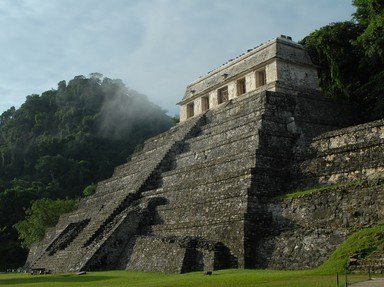
Last Night on Earth Trivia Quiz
A History of Apocalyptic Predictions
As REM sang, "it's the end of the world as we know it". Many have predicted the end of the world in various ways; see if you can order them throughout history. The world will end by the end of this quiz, so, good luck, and enjoy your last night on Earth!
An ordering quiz
by LeoDaVinci.
Estimated time: 3 mins.